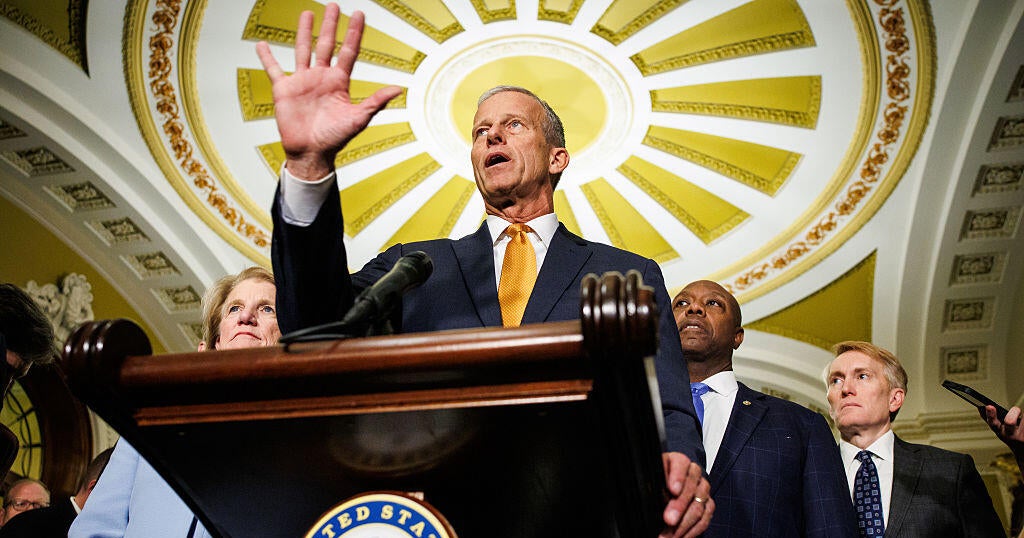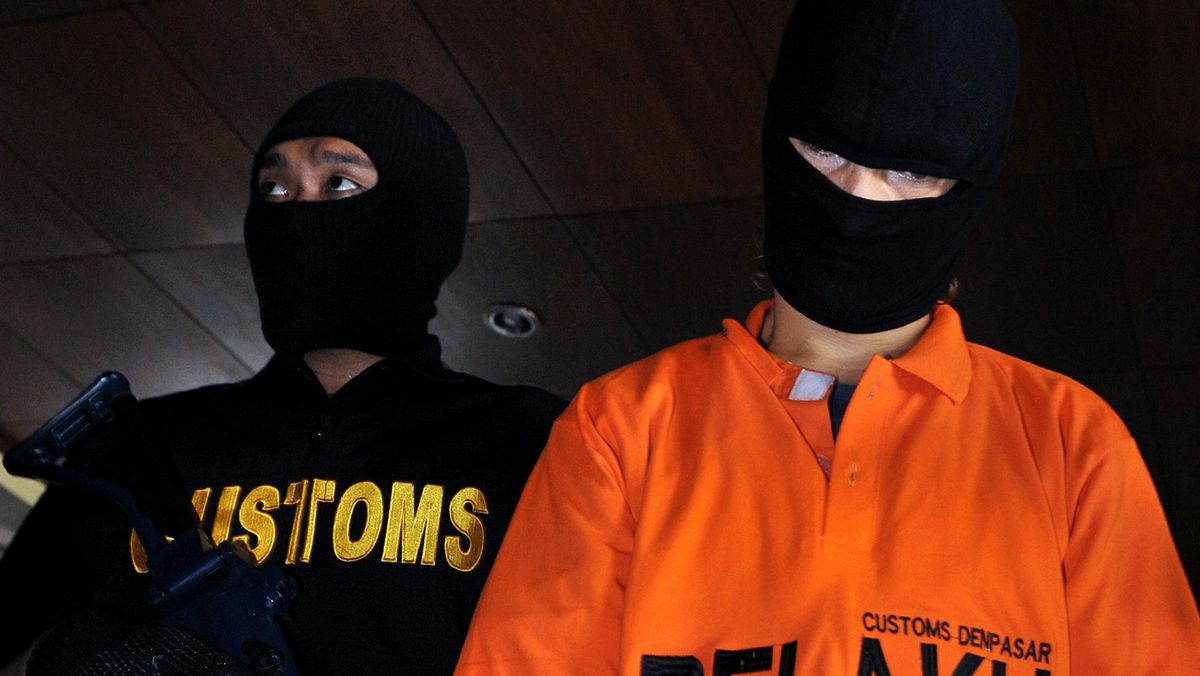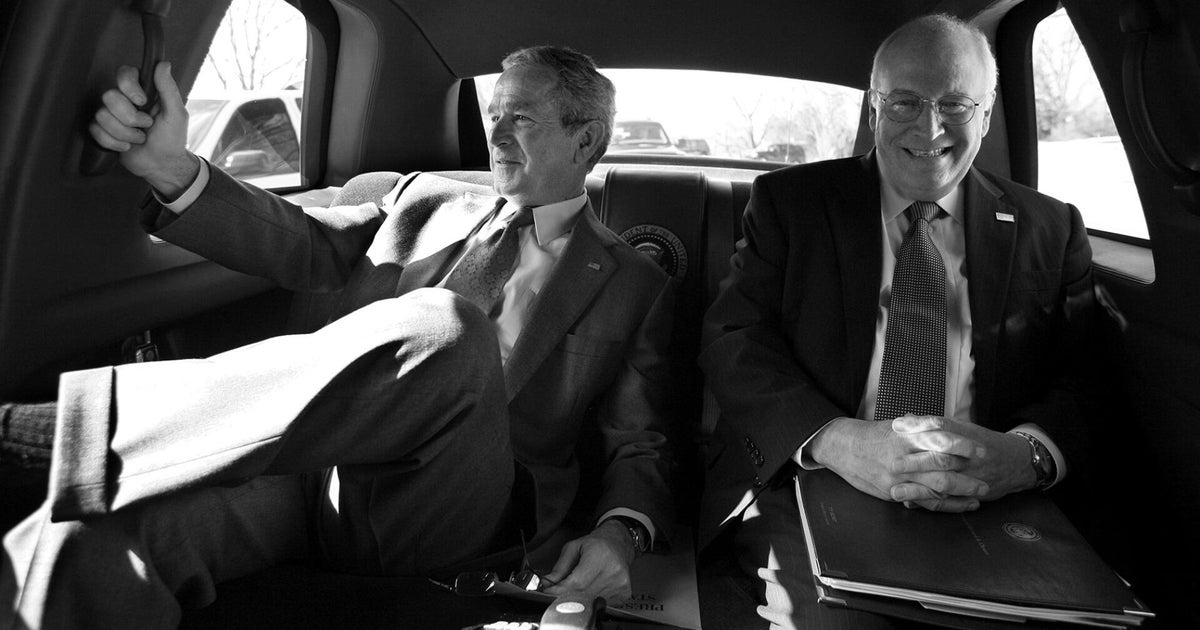Yaara Bou Melhem wants to make one thing clear: “I don’t make activist films. The way I think that we can engage with people on really difficult and complex issues is through what we call devastating beauty.”
The award-winning journalist and filmmaker’s new documentary, Yurlu/Country, is devastating on multiple fronts: in its depiction of the exhilarating beauty of the Banjima people’s traditional homelands in the Pilbara region of Western Australia, the shocking harm inflicted on these lands by asbestos mining, and the shattering health consequences for local people.
Slow, sweeping aerial footage captures the magnificence of rocky gorges and glowing red ranges before revealing a mountain of asbestos tailings that spills from the land like a monstrous black tumour. Around this toxic dump lies an exclusion zone almost nine times the size of Sydney Harbour – 46,840 hectares poisoned with deadly asbestos fibres from the Wittenoom mine.

The contaminated Wittenoom site, as seen in Yurlu/Country. Credit: lluminate Films
Midnight Oil first sang about the environmental disaster more than 30 years ago in their song Blue Sky Mine, which included the lines: “And the company takes what the company wants/And nothing’s as precious, as a hole in the ground”. But who stops now to remember what the song was about or knows that the lethal asbestos tailings are still sitting there in the landscape, prone to being carried by wind and rain?
More than 3 million tonnes of waste were dumped more than 60 years ago in what is the southern hemisphere’s largest contaminated site. Yet Australians remain largely unaware of this national blight. Bou Melhem herself had no idea: this is not the film she intended to make.
Three years ago, she and her partner, cinematographer Tom Bannigan, set out to make a film about the 60,000 abandoned mines across Australia and their impact on the environment and people’s health. That’s when they met Banjima elder Maitland Parker, who had been diagnosed with mesothelioma in 2016, an aggressive cancer most commonly caused by asbestos exposure. Parker never worked in the Wittenoom mines, but was a ranger in the adjacent Karijini National Park for decades, employed in 1985 as one of the first Banjima rangers.
“I didn’t know that we had the largest contaminated site in the southern hemisphere, that the contamination is spreading, that it’s still killing people, and that there is no plan to do anything about it,” Bou Melhem says when we speak over Zoom. “It just blew my mind, and then when we came across Maitland, he was like this lone voice shouting in the dark about this issue.”

Parker and filmmaker Yaara Bou Melhem in Karijini National Park.Credit: Illuminate Films
Initially, Bou Melhem resisted what the rest of her crew was telling her – that they should scrap the film’s original idea and focus entirely on Parker and his fight to have Wittenoom cleaned up. As an award-winning journalist and former foreign correspondent, Bou Melhem was acutely aware of the ethical minefield that path entailed.
“I resisted because I didn’t feel like we had the agency to tell this story,” she says. “Culturally, [we’re] not from the community, [and] this is a man with a terminal illness. I knew that it was going to be really hard and challenging to do, and I didn’t know if I was up for it, and I also didn’t know if Maitland would be up for it.”
Parker was more than up for it. He invited Bou Melhem to film him as his doctor delivered a distressing prognosis following treatment for mesothelioma.

Parker and his wife, Marjorie, during a visit to the doctor that brought devastating news.Credit: Illuminate Films
“I thought, when we filmed that scene, that’s it,” Bou Melhem says. “We’re never going to be able to see Maitland again after this. He’s going to be focusing on spending time with his family … and then his wife said to me when we were outside the doctor’s room, ‘You better come up soon now and visit us again, in the next couple of weeks’. I was so shocked. And that’s when we just made this decision, we’re like, ‘OK, this film is centring Maitland’.” He lived for another eight months, and died in January 2024.
In the film’s chilling opening scenes, Parker visits his traditional lands in full hazmat suit, a lone figure shrouded in white plastic, face hidden behind a respirator. He contemplates a tranquil waterhole where he used to fish and camp as a boy. Next, we see him standing atop a tailings dump. His voice echoes over the land as he shouts into the void: “This is all the crap that has been here for well over 60 years … All this rubbish, all the tailings. Country is no good. Ruined. Poison has been left here. White and black, getting sick. Making my spirit feel bad. Whitefellas left it behind … All my old people, we’re all crying for Country.”
Lang Hancock, the father of billionaire mining magnate Gina Rinehart, was the original owner of the Wittenoom mine. The film includes archival footage of the late prospector and mining entrepreneur, dubbed the “human bulldozer”. Let’s just say that Hancock’s views on Aboriginal people, and the sufferers of asbestos disease, have not dated well.

Maitland Parker visits the waterhole where he fished as a boy in Yurlu/Country.Credit: Illuminate Films
Loading
The mine was taken over by CSR Limited in 1943 and continued to operate until 1966, when it was closed because of growing health concerns. In 2007, the Wittenoom township was degazetted – in effect, wiped off the map. The town disappeared, but the aftermath of its mines was not so easily erased. According to the Asbestos Diseases Society of Australia, more than 2000 workers and residents of Wittenoom have died from asbestos diseases to date. For the local Indigenous people, the consequences are intensified – not only do they have the world’s highest mortality rates from malignant mesothelioma, they are denied access to their traditional lands.
Bou Melhem had covered a number of conflict zones, including in Syria, Libya, Myanmar and Pakistan, but has had more nightmares about filming in Wittenoom’s exclusion zone than she has ever had about working in war zones. The danger in a war zone is usually immediate, she explains. But mesothelioma is a slow and silent disease, generally not appearing for 20 to 50 years after the original exposure. The danger is ever-present.
In one haunting scene, scans of Parker’s cancer are juxtaposed against ghostly images of his contaminated homelands. But there is hope too in the resilience of the Banjima people, and Parker’s calm tenacity in telling his story as he faces death. Parker and his family, wife Marjorie and daughters Renira, Carmel and Coreen, gave Bou Melhem remarkable access to their lives. I’m interested to know how she was able to win their trust, and to assuage her own concerns about the ethics of making this film.
“We made a decision early on that we would start cutting the film as we filmed, and we would start editing it and show Maitland scenes as we were going along,” Bou Melhem says. “That was really important for us, that we get the representation right, especially when it comes to a historically marginalised community that has often been misrepresented.”
Parker is not only the film’s central character, he co-produced and co-wrote the film. “That’s how we developed the trust, because there was this genuine collaboration,” Bou Melhem says.
In an act of generosity and foresight, Parker gave the filmmakers permission to use his voice, name and image after his death to ensure that the message about Wittenoom could be widely broadcast.

Parker wanted to see the land cleaned up for the sake of future generations.Credit: Illuminate Films
The film has a palpable intimacy that stems from the close relationship that Bou Melhem and Bannigan developed with Parker and his family. The filmmaking couple, who live in Dharawal country, south of Sydney, regularly travelled to the Pilbara during the three years it took to make the film, often with their two children in tow.
“I had an 18-month-old and a newborn when Maitland went into palliative care,” Bou Melhem says. “We just made the decision as a family to relocate to Perth for a while and spend some time with Maitland and his family ... We didn’t pick up the camera, unless we were asked to.”
Despite its devastating subject, Yurlu/Country is a subtle, quiet film, a paean to the land and to Parker’s courage.
“I don’t make loud films,” Bou Melhem says. “I don’t want to tell you how to think. I want you to experience it … and I find that if I am being told how to think, I switch off.”
Parker’s niece, Johnnell, who has been travelling to screenings with the family, says the film hits her emotionally every time.
“We’ve lost our elders, we’ve lost our families due to asbestos-related diseases by living on Wittenoom,” says Johnnell, who is a board director of the Banjima Native Title Aboriginal Corporation (BNTAC). “The traditional owners’ stories are finally getting told and Uncle Maitland was very brave in being able to tell that story.”

Banjima elders Trevor (left) and Maitland Parker at Peedamulla Station.Credit: Illuminate Films
She adds: “If the tailings spread, it’s everybody’s issue. It’s not just a Banjima issue, it is a community issue.”
The BNTAC board is about to launch legal action against the West Australian government, which is now responsible for managing the clean-up, in what will be a test case under Native Title. The board has engaged prominent Melbourne lawyer Peter Gordon, who led the class action against the Morrison government’s robo-debt scheme, and has also represented victims of asbestos products against the James Hardie company.
A spokesman for the West Australian Government said it would “continue to engage with the Banjima people” about management options for the site, while discouraging anyone from travelling to Wittenoom, “as there is no safe level of exposure to asbestos fibres”.
BNTAC’s chief executive officer, Ed Armstrong, says “Banjima’s position is that there must be the best efforts possible to clean up Country and reduce the toxic contamination that continues to spread outside the Wittenoom Asbestos Management Area. How can Australia have the largest contaminated site in the southern hemisphere and not do anything about it, apart from close and bury the town to stop visitors? It’s unimaginable.”
Yurlu/Country opens in cinemas nationally from November 13. Special Q&A screenings will take place at Sydney’s Ritz Cinema, Randwick, on November 6; at Cinema Nova, Melbourne on November 12, at IMAX Melbourne on November 13 and at Dendy Newtown, Sydney on November 15. http://yurlucountry.com


















































